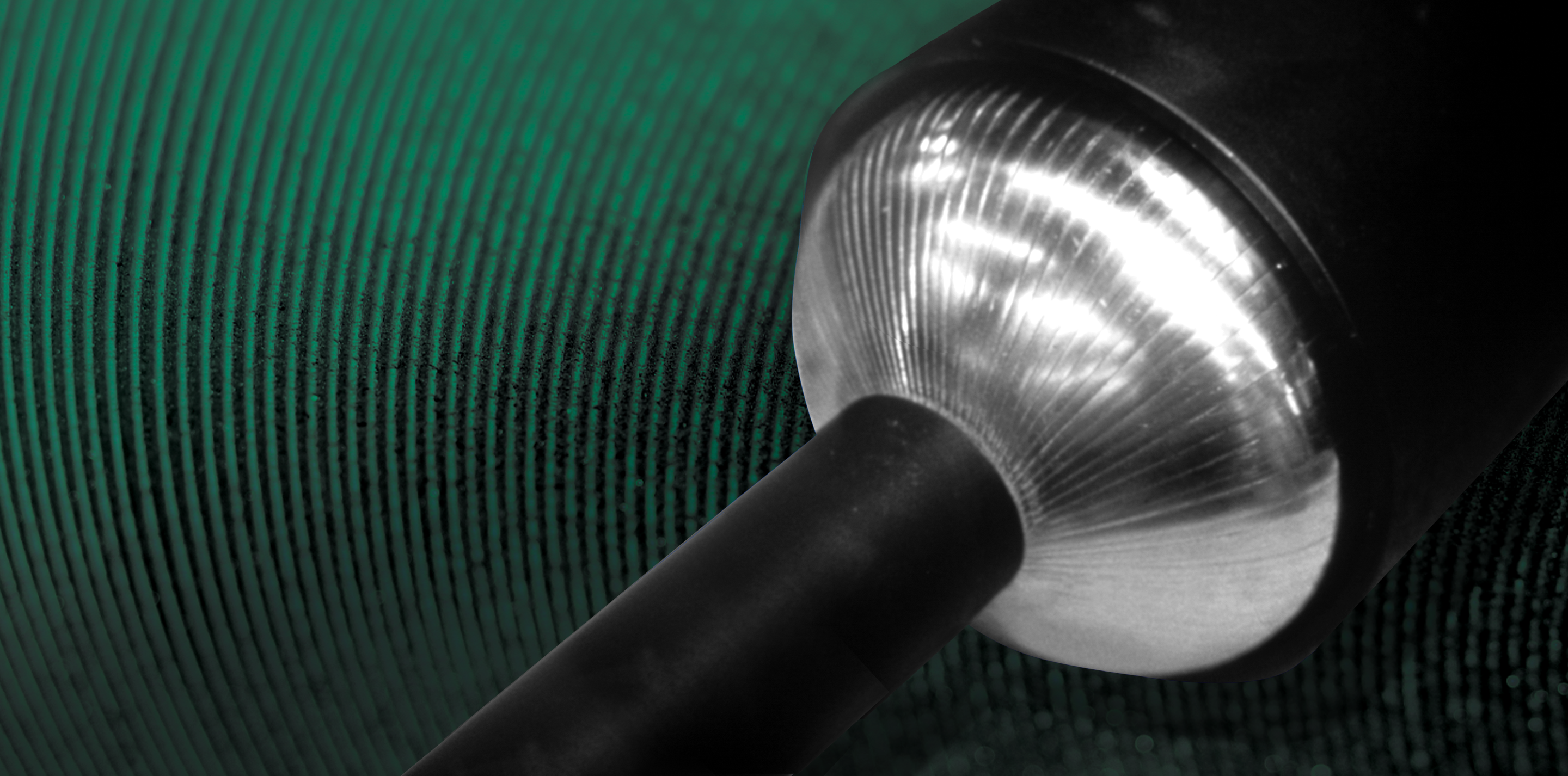Our cementing valves and inflation tools are used in a variety of applications, ranging from zone isolation to plug and abandonment campaigns. Our tools are optimized to deliver the highest operational efficiency for each operation.
Our Hydraulic Cementing Sliding Sleeve (HCSS™) with hydraulic locking mechanism is used for stage cementing above an external casing packer (ECP). The simple and reliable valve can be manipulated between the open and closed positions as needed and selectively locked in the closed position by simply applying internal pressure. It can be used in horizontal wells and with a one-trip liner system. Rupture disks allow the HCSS to be run in hole in the open position without debris problems. The valve is available in 3 ½-in.
The HM™ Hydro Mechanical Cementing Valve (HMCV) allows annular cementing of the liner annulus above an inflated ECP. After all ECPs in the hole are inflated, the annulus is cemented through the HMCV in a single trip. After the desired stage cement has been displaced, the HM-C™ HIT™ tool mechanically closes the HMCV. A selective inflation tool can be used in place of the HM-C HIT tool in certain applications.
Our HMR™ Hydro-Mechanical Horizontal Inflation Tool (HMR™ HIT) is for deviated or horizontal applications requiring selective inflation of ECPs with top-mounted valve collars. Non-contaminated cement is spotted at the tool for inflation purposes, which allows selective inflation and movement between ECPs in slotted liners, drilled liners, or production screens. The tool prevents loss of cement to the liner during movement between ECPs. The tool can be run on an inner string on the primary liner run, or used on a second trip after the liner is set.
The HMRC™ Hydro-Mechanical Horizontal Inflation Tool (HMRC™ HIT) is for deviated or horizontal applications requiring selective inflation of ECPs with top-mounted valve collars and stage cementing using a HM Cementing Valve (HMCV). Non-contaminated cement is spotted at the tool for inflation purposes, which allows selective inflation and movement between ECPs in slotted liners, drilled liners, or production screens. The tool prevents loss of cement to the liner during movement between ECPs. The tool can be run on a liner wash string when the liner is run, or used on a second trip after the liner is set.
Our PAC valve is a hydraulically-operated stage cementing valve. The valve provides an easy method of opening and closing by blanking the casing or liner off at some point below the valve. Differential pressure favoring the liner inside diameter (ID) will shear the opening sleeve down and provide a communication path to the annulus. After the cement slurry is pumped, the closing plug is displaced and seats in the PAC valve. Applied casing pressure shifts the closing sleeve down to isolate the cementing ports and permanently lock the valve closed. The PAC Valve can be run anywhere in the liner or casing and is compatible with all Baker Hughes ECPs. It can be used in vertical, deviated, or horizontal wellbores.
The WBAnchor™ openhole anchoring system prevents movement of a liner relative to the wellbore during temperature or pressure changes resulting from production, injection, or treating, for the life of the well. The WBAnchor system can be located at the end of the liner or at any location along the length of the liner. Activated with differential pressure, the anchor consists of a series of telescoping lugs that are hydraulically driven into contact with the formation. The anchor length, pattern, or the number of lugs per foot, is adjusted to optimize performance in virtually any type of formation.


